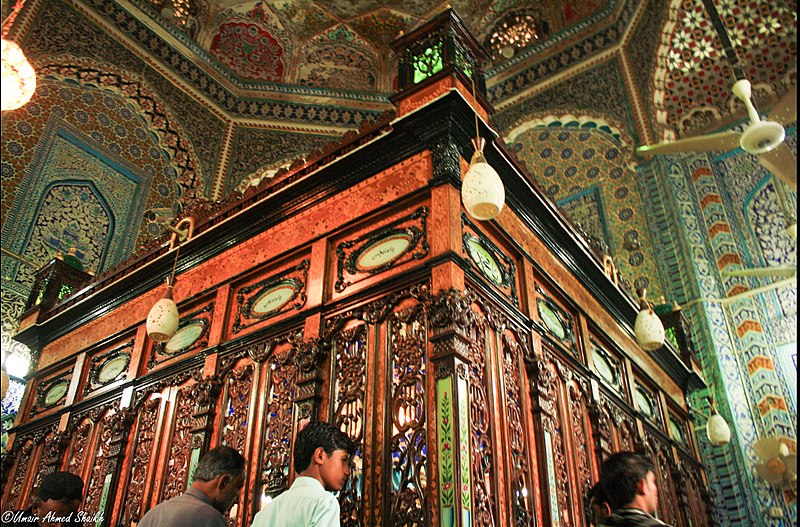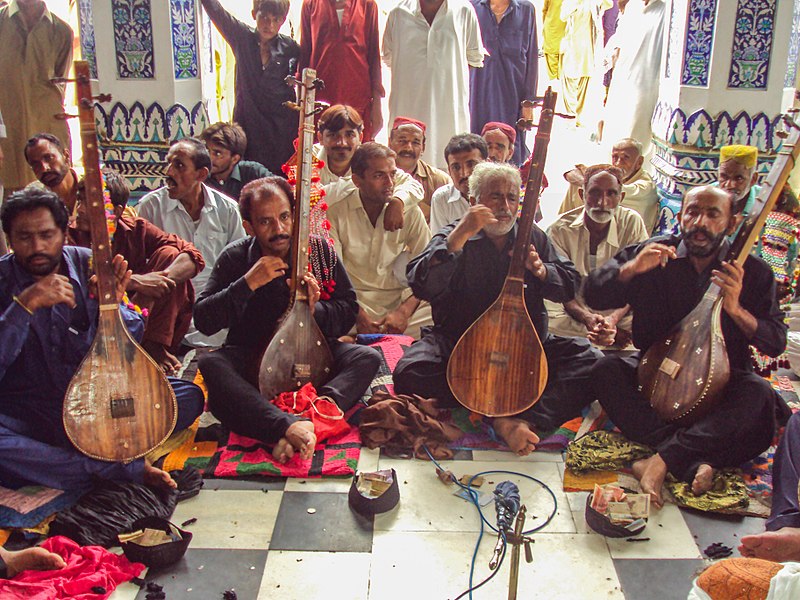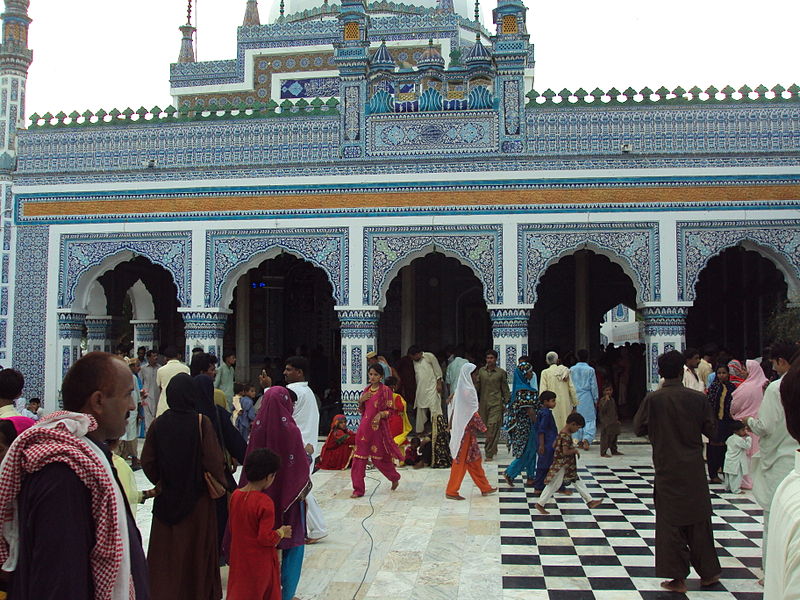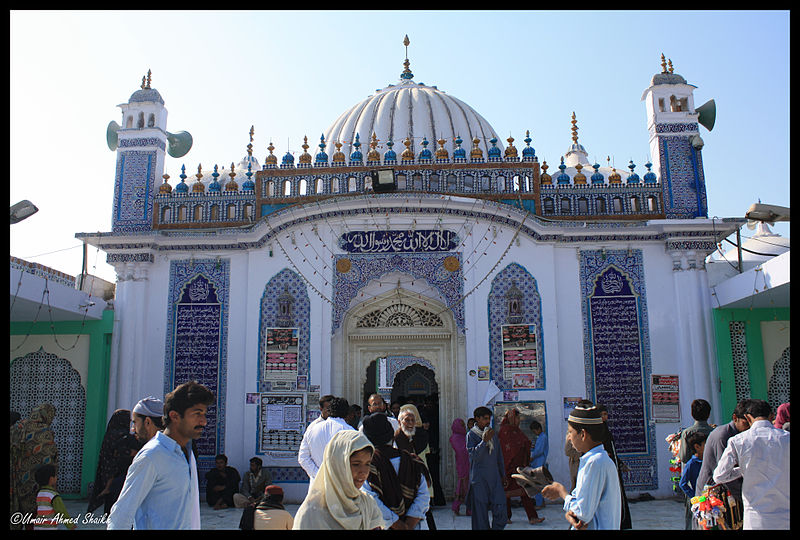Shrine of Shah Abdul Latif Bhittai
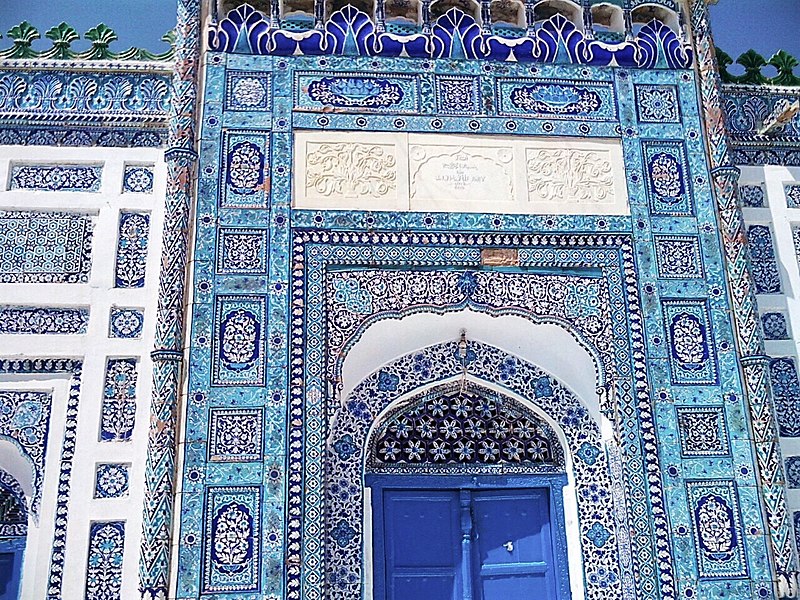
Facts and practical information
The Shrine of Shah Abdul Latif Bhittai, nestled in the heart of Sindh, Pakistan, stands as a testament to the enduring legacy of one of the region's most revered Sufi saints and poets. This sacred complex, located in the small town of Bhit Shah, is a beacon of spirituality and a center for cultural heritage, drawing devotees and admirers from across the globe.
Shah Abdul Latif Bhittai, born in 1689, was a philosopher and a mystic whose poetry expressed his profound connection with the divine. His verses, compiled in the poetic compendium "Shah Jo Risalo," resonate with themes of love, unity, and an intense yearning for communion with the eternal. The shrine, therefore, is not merely a physical structure but a symbol of the mystical journey and the Sufi tradition that permeates the culture of Sindh.
Constructed in 1772, the shrine complex exudes an aura of tranquility and is renowned for its intricate tile work and architectural elegance. The main mausoleum, with its high walls and domed ceiling, is adorned with traditional Sindhi 'kashi' tiles, a vibrant mosaic of blues, turquoises, and whites that reflect the region's rich artisanal heritage. The site also includes a mosque and a library, preserving the spiritual and literary legacy of the saint.
Every year, the shrine becomes the epicenter of the 'urs' festival, celebrating the life and teachings of Shah Abdul Latif Bhittai. Pilgrims and performers gather to partake in Sufi music, particularly the soul-stirring renditions of his poetry by the fabled 'fakirs,' who play the 'tambooro,' a traditional stringed instrument favored by the saint himself.


